I Chose to Redesign My Life
I’ve written before that a transformative moment in my life was a work-sponsored seminar, in which the instructor inspired me to redesign my life. I got a question on how I redesigned my life and how I implemented that plan, so I thought I would share it here.
The breakthrough moment for me was when the instructor, Bob Gregoire, talked to us about how we view ourselves. He reminded us that we are all 10s, even when we don’t think we are. (For Christians, you may relate to this as being flawless in God’s eyes, even when we feel our brokenness.)
The challenge we face, being human, is that we have stale thinking patterns that hold us back. While combating our inner critic is important, we can also take another approach: Designing the life we desire.
This is what Bob inspired me to do. He encouraged me to cast off the Shoulds in my life and decide the life I wanted to live. It was starting from a blank slate: Ignoring my current lifestyle and my self-limiting thinking, and starting from scratch, what would my ideal life look like? How would I redesign my life?
Here are the Steps I Took to Redesign My Life:
1. I began by identifying the roles that were most important to me.
We take on a lot of roles in our lives. I’m a wife, a mother, a friend, a church member, a daughter, a sister, a neighbor, and now, a leader and advocate. At the time I went through my redesign, I was also an employee.
I decided that the three roles that were most important to me in my life were being a good wife, a good mother, and a good employee. Those were the pillars upon which I was going to redesign my life.
Now, the three roles I care about are wife, mother, and Christian. These are the roots from which the rest of my life flow.
I know some people like to include the role of “friend” in this list, and that’s wonderful. If you are going to take this route, I encourage you to think which relationships are your highest priorities.
Prioritizing our roles and relationships helps us determine where our time and energy is best spent. For example, time with my husband and daughter is more important to me than time with my parents and sisters. If I feel good about how much I’m investing in my husband and daughter and still have time and energy, then I also feel good about the time I spend with my family-of-origin.
Identifying these key roles gave me a sense of relief. I could safely say “no” to time with people who weren’t in my top three because I knew I was saying “yes” to the people who matter most to me. My advice is to keep these to three (no more than four roles and relationships.
2. Next, I considered my values.
When it came to my values, I decided I wanted to be known as a person of integrity, kind, respectful, and loyal. There are a lot of other character traits that are good and beneficial to us, but these are the traits that I want people to know and remember me by.
It helps me evaluate situations and come up with solutions that I’m comfortable with. As I continued to redesign my life, these values set clear and helpful boundaries.
3. I determined my life priorities.
When I think of my body, what is most important to me? When I think of my spiritual life, what is most important to me? What about my environment (both cultural and physical)?
At the time, I was living in a bad neighborhood and sharing a one bedroom apartment with my toddler. My work environment was rapidly degrading for several reasons, and I wasn’t confident I was in the right career. My weight was problematic, and I was financially unstable.
While I was starting from a blank slate in redesigning my life, these factors influenced my priorities. I knew I wanted safety and security, and I defined these as living in a good town with an active community environment and having significant savings in the bank.
I also wanted better career stability and to feel fulfilled by my work.
Rather than think of myself as losing weight, I instead considered what I wanted my health to look like. I wanted to be fit and feel strong in my body.
I also defined my non-priorities: my faith life (I wasn’t Christian at the time), entrepreneurship, and volunteering were among those on the list. While they were goals and dreams, they weren’t my top priorities.
In fact, figuring out my career situation may have led me to entrepreneurship, but it wasn’t the key to my living a joyful and full life.
Everything Else Is Details
Once we figure out the roles that matter most to us, our values, and our life priorities, we set ourselves up for living an intentional life. We know what matters to us now, and we can focus our energy and time on those priorities. We have incredible clarity.
Does my living situation today reflect or match the living situation I want for myself? If not, I’m now in a position to start evaluating where I’d prefer to live and work out a plan for achieving it.
If being a good mom is a priority, what does that look like? Does it mean having cookies on the counter every afternoon when the kids get home? Does it mean getting involved with the school’s PTA or scheduling a game night? Once I define and understand how I want this role to look, I can compare it to my current reality and identify what changes I want to make.
In each case, we look at the idealized version of the life we desire and compare it to where we currently are. In some areas, you may find that you are already living your desired life. In others, you may want to make changes.
One thing I’ve found in going through this exercise, though, is that I usually find I’ve overcommitted myself. What holds me back from being the mom I desire to be is over-volunteering at church or the school. I’m not investing in my child; I’m investing in other areas at the expense of my direct relationship with her.
Or, I might discover that I’ve prioritized running my support groups over time with my husband. It can be an eye-opener to realize that my good intentions have caused me to de-prioritize my marriage.
The value for me of knowing my values and priorities is that it let me step away from those commitments without feeling guilty. I wasn’t abandoning the people in my church by giving up my volunteer position; I was committing to my family that I would be available to them.
When I ultimately quit my job to spend more time at home, I didn’t feel like a failure. Instead, I was moving forward in being the kind of mother I dreamed of being to my child. I was investing directly in her and our relationship.
Sometimes, it may be our inner critic that gets in the way of us achieving our dreams. Mine told me I could only earn so much money per year; that prevented me from looking for better employment with stronger income opportunities. Learning to fight my inner critic and correct thinking distortions was vital for me to move to the next level of my life.
So were writing affirmations, which I cover in this post.
What surprised me was how effective it was to redesign my life. I did that exercise in July 2010, and when I look around me now, I’m stunned at the life I’m living. I’ve gone from hopeless to hopeful. I’ve gone from lonely to married. I’ve transitioned from employee to mission-focused. I live in a beautiful home in a safe area, and I don’t worry about my car being repossessed or making rent every month.
I really did redesign my life.
It took time, effort, and a refusal to be distracted from my desired life to get to where I am now. I hit road bumps, setbacks, challenges, and my blueprint helped me decide how I wanted to move forward each time.
I’m grateful I chose to redesign my life; how will you redesign yours?
What does your ideal life look like? What’s one thing you can do to move in that direction today?
Looking for daily inspiration and community? Join our warm and supportive Facebook group!
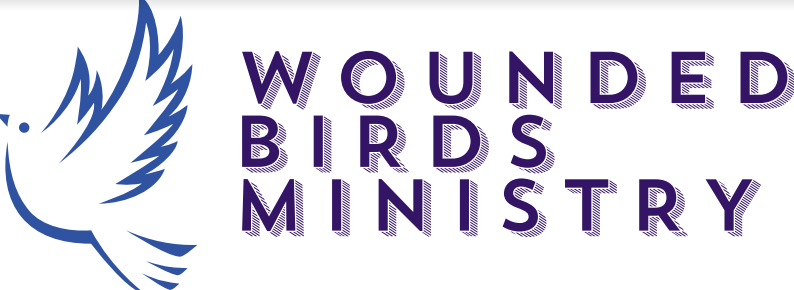


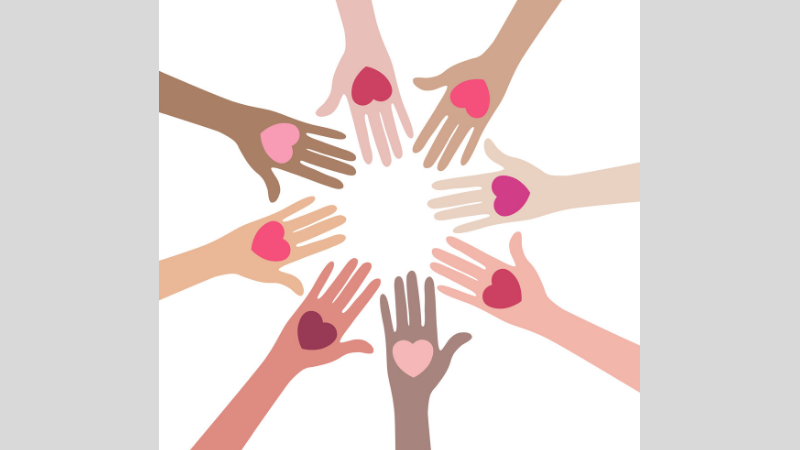



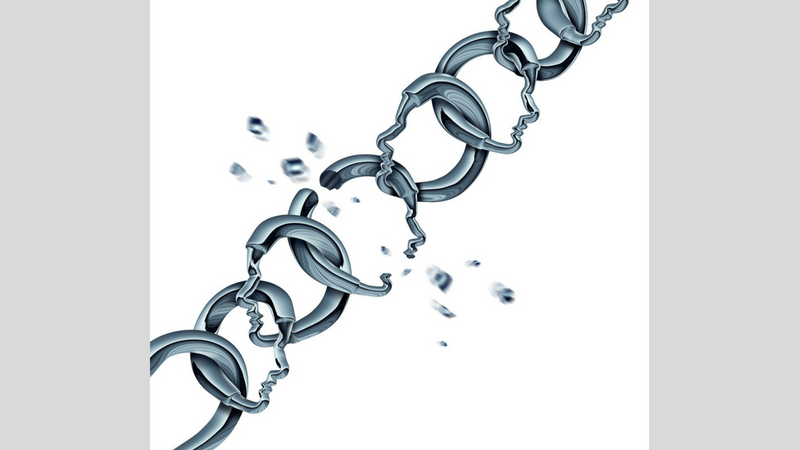
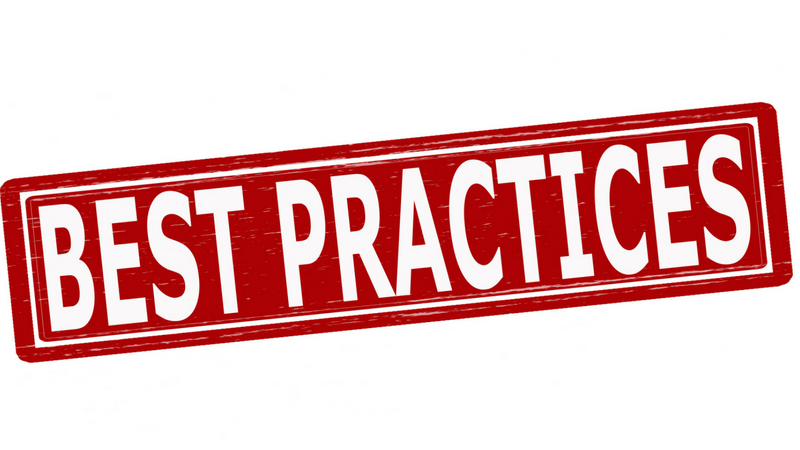
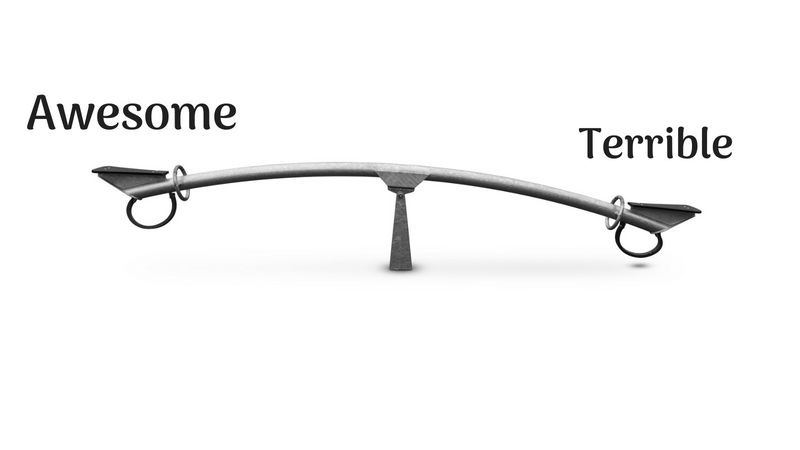
I love how you identified concrete ways to redesign your life. I’ve been aware for some time now that I’ve been prioritizing my work over my relationships. Now the next step is coming up with concrete actions to change this, as you have.
That’s one of the more challenging parts, I think: defining the concrete action steps. It’s where I tend to get overwhelmed, and learning how to keep those pieces nice and small has been huge for my success in this area.